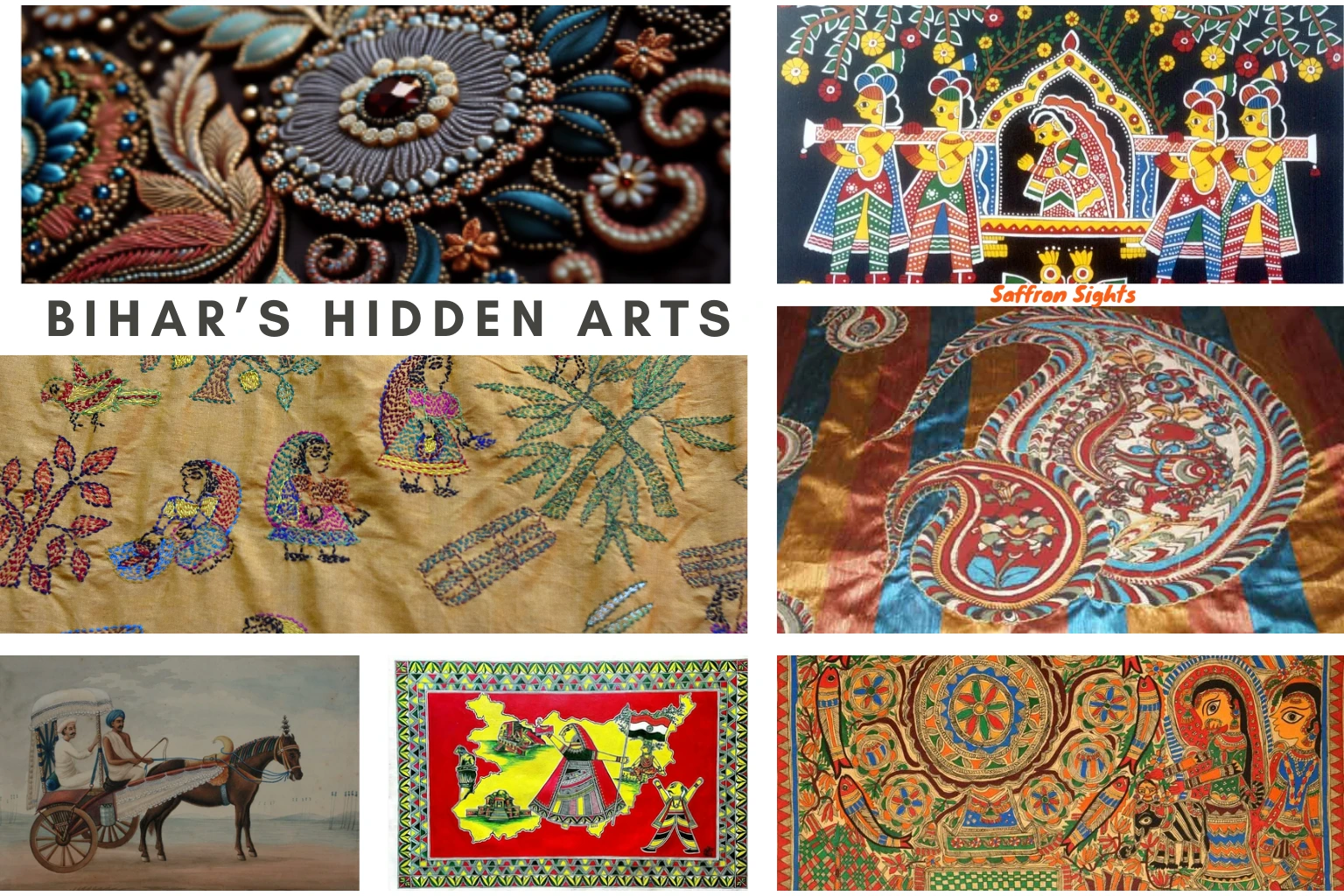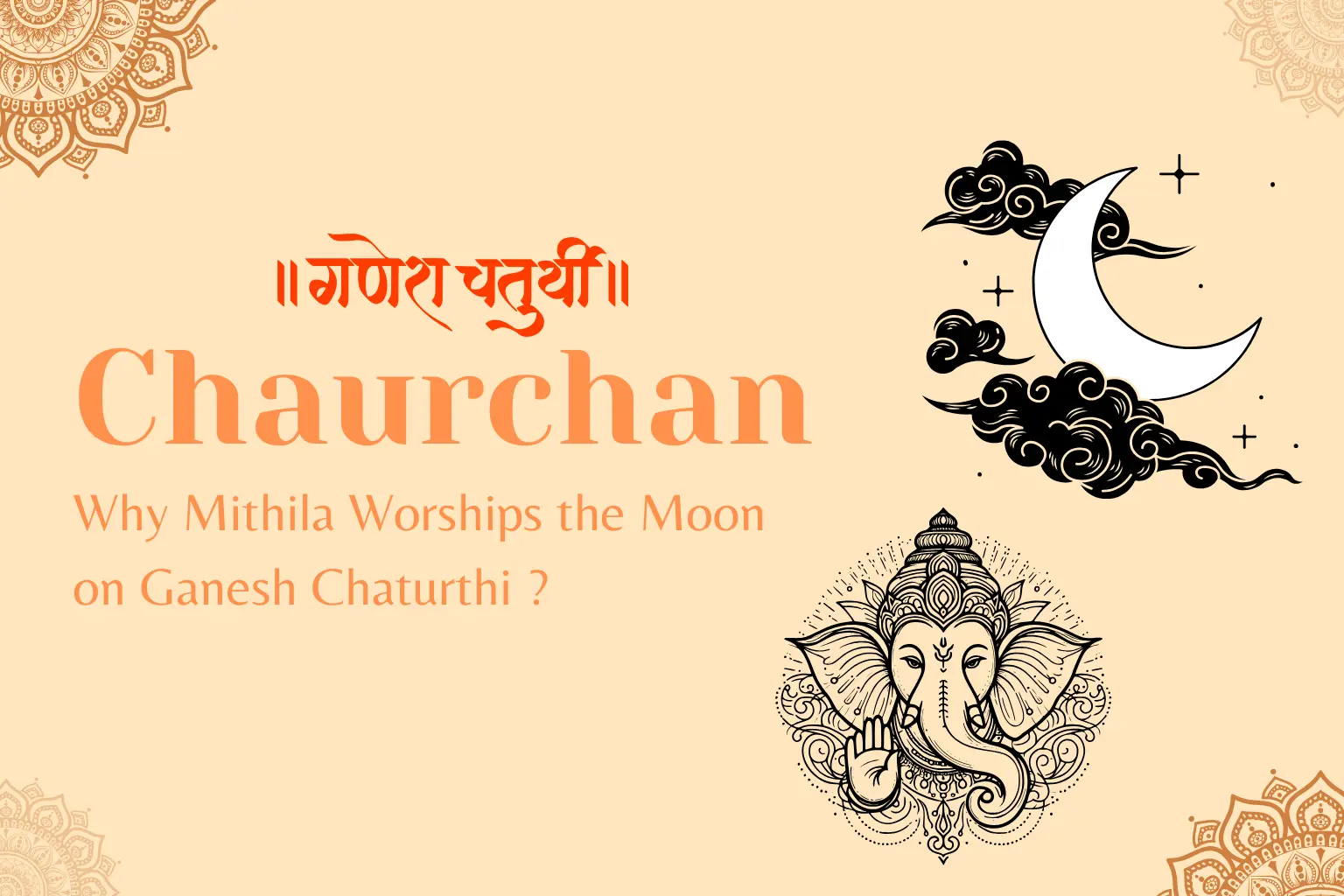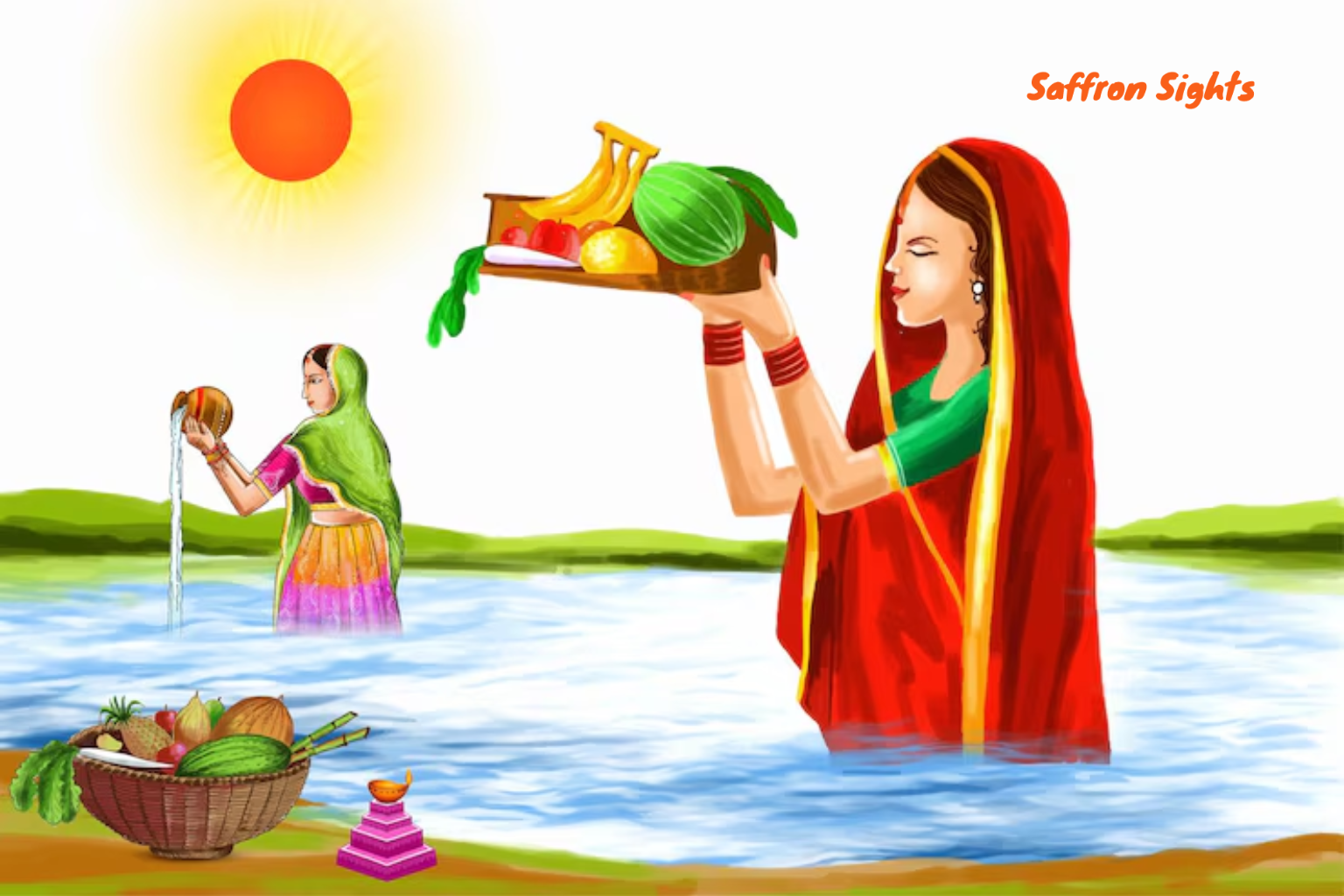Discover the Spiritual Heart of Bhutan in India
Imagine stepping into a serene haven where the gentle hum of prayer wheels fills the air and vibrant murals tell timeless tales of peace. Welcome to the Royal Bhutan Monastery in Bodh Gaya, a place that radiates tranquility and spirituality. Nestled in the heart of India’s most sacred Buddhist town, this monastery stands as a living testament to Bhutan’s rich culture and its unwavering devotion to Buddhism.
Whether you’re a seeker of peace, a lover of art, or a curious traveler, this magical place has something profound to offer. Let’s embark on a journey to explore its charm, history, and significance.
Historical Background
The Royal Bhutan Monastery was built by the government of Bhutan as a tribute to Gautama Buddha, the enlightened one who attained nirvana in Bodh Gaya. Established to symbolize the deep spiritual bond between Bhutan and India, the monastery has become a cherished landmark.
The construction of the monastery was inspired by the age-old connection Bhutan shares with Buddhism, tracing back to the teachings of Guru Rinpoche. Over the years, it has drawn countless pilgrims, monks, and tourists, all seeking to experience the divine aura of this sacred space.
Every corner of the monastery whispers tales of devotion and craftsmanship, with its architecture reflecting the traditional Dzong-style unique to Bhutan. The intricate carvings and golden sculptures not only captivate the eye but also offer a glimpse into Bhutan’s spiritual artistry.
Cultural Beliefs and Local Faith
The Royal Bhutan Monastery is more than just a structure; it’s a sanctuary of faith and culture. Deeply rooted in Mahayana Buddhism, it celebrates principles of compassion, mindfulness, and inner peace. Visitors often find themselves captivated by the towering statue of Lord Buddha inside the monastery, a symbol of enlightenment and wisdom.
The monastery also serves as a hub for meditation and prayer, offering a space where devotees can connect with their inner selves. Monks in crimson robes chant melodious prayers, their voices harmonizing with the gentle ringing of bells. This spiritual rhythm creates an atmosphere of profound serenity, leaving visitors awestruck.
For the local community, the monastery isn’t just a place of worship but a beacon of cultural pride. It’s a reminder of their enduring ties to Buddhist teachings and their commitment to preserving this ancient wisdom for generations to come.
Best Time to Visit
If you’re planning a visit to the Royal Bhutan Monastery, timing is key to fully enjoy its splendor. The best time to explore this gem is between October and March, when the weather in Bodh Gaya is pleasantly cool.
This period also coincides with the Kalachakra Festival and other Buddhist ceremonies, offering a unique opportunity to witness vibrant celebrations and rituals. The crisp winter air, combined with the festive atmosphere, makes your visit even more memorable.
Avoid visiting during the summer months, as the scorching heat can make exploring uncomfortable. Instead, choose the winter season for a more comfortable and enriching experience.
Why Visit the Royal Bhutan Monastery?
What makes the Royal Bhutan Monastery a must-visit destination? Here’s what you can look forward to:
- Exquisite Architecture:
The monastery is a masterpiece of traditional Bhutanese design. The intricate wood carvings, vibrant murals, and towering stupas create a visual feast for visitors. - Spiritual Experience:
The peaceful environment invites you to pause, reflect, and connect with your inner self. Whether you’re meditating under the towering Buddha statue or walking along the prayer wheels, you’ll feel a deep sense of calm. - Cultural Immersion:
The monastery offers a rare glimpse into Bhutanese culture right in the heart of India. From the design of the monastery to the chants of the monks, every element tells a story of Bhutan’s spiritual heritage. - A Gateway to Bodh Gaya’s Wonders:
Located near the Mahabodhi Temple, the Royal Bhutan Monastery serves as a perfect starting point to explore Bodh Gaya’s sacred sites. It’s an ideal spot for those eager to experience the essence of Buddhism. - Photographer’s Paradise:
With its vibrant colors, serene landscapes, and intricate architecture, the monastery is a dream come true for photographers. Every frame captures the essence of spirituality and art.
Final Thoughts
The Royal Bhutan Monastery in Bodh Gaya isn’t just a destination—it’s an experience that stays with you long after you leave. It’s a place where time slows down, and the mind finds peace amidst the hum of prayers and the beauty of Bhutanese craftsmanship.
So why wait? Plan your visit today and immerse yourself in the tranquil charm of this spiritual gem. Whether you’re a history enthusiast, a spiritual seeker, or someone looking for a quiet escape, the Royal Bhutan Monastery has something truly special for you.
Pack your bags, book your tickets, and get ready to explore a slice of Bhutan in India. Let the journey begin!
Frequently Asked Questions
What is the Royal Bhutan Monastery in Bodh Gaya?
The Royal Bhutan Monastery is a serene Buddhist temple in Bodh Gaya, India, built by Bhutan to symbolize the spiritual connection between Bhutan and India.
What is the best time to visit the Royal Bhutan Monastery?
The best time to visit is between October and March when the weather is cool, and the Kalachakra Festival offers a chance to experience vibrant Buddhist rituals.
What is the architectural style of the Royal Bhutan Monastery?
The monastery showcases traditional Dzong-style architecture with intricate wood carvings, vibrant murals, and golden sculptures, reflecting Bhutan’s spiritual artistry.
Can I meditate at the Royal Bhutan Monastery?
Yes, the monastery is a peaceful place for meditation and prayer, offering a space for spiritual reflection amidst serene surroundings.
What other sites can I visit near the Royal Bhutan Monastery?
The monastery is located near the Mahabodhi Temple and other sacred Buddhist sites in Bodh Gaya, making it an ideal starting point for exploring the area.





Leave a Reply